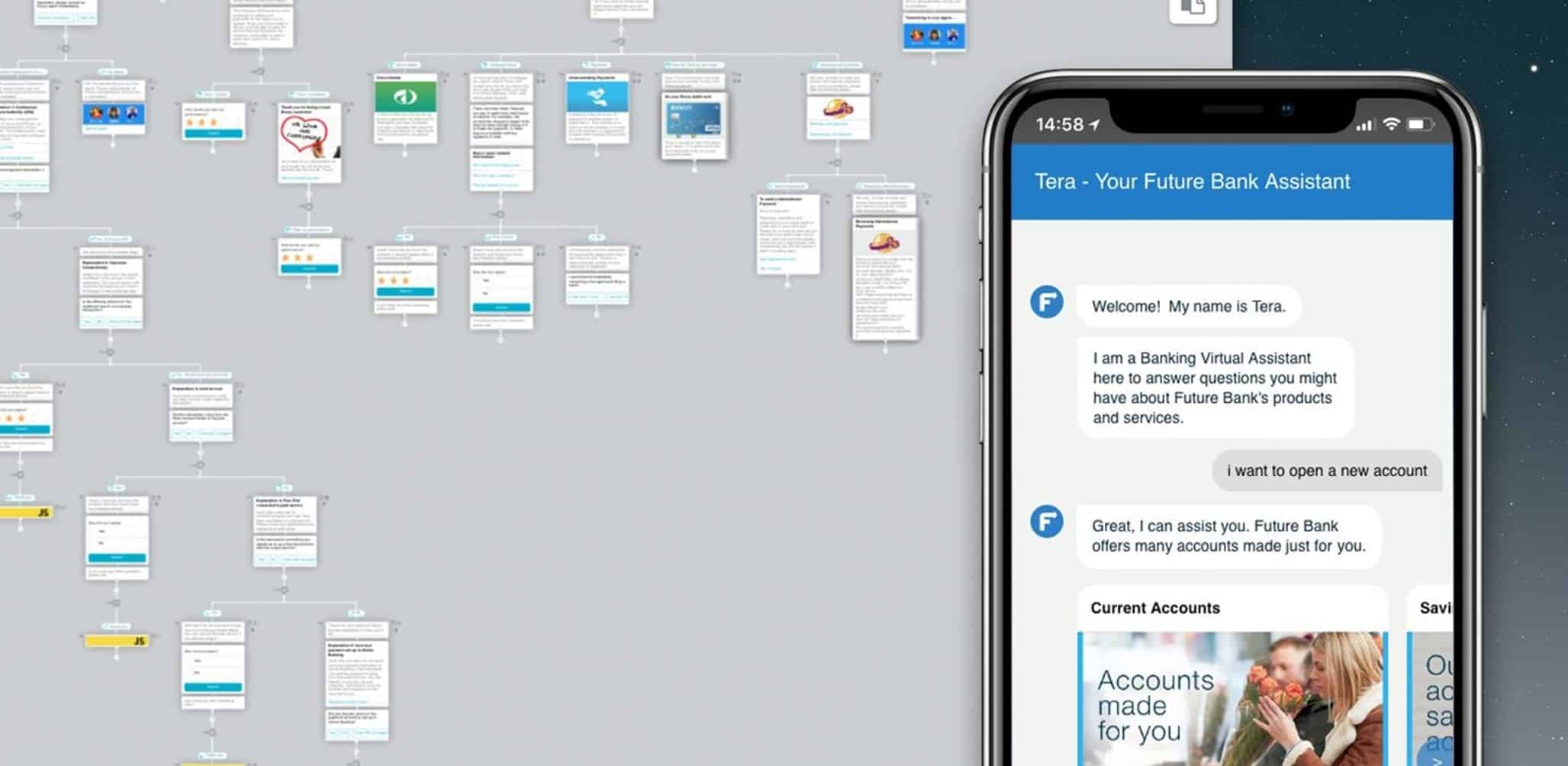“AI is a fundamental risk to the existence of human civilization” – Elon Musk
“Artificial intelligence could spell the end of the human race” – Stephen Hawking
I respectfully disagree. While Elon Musk and Stephen Hawking are revered the world over, the one thing they share in common is that they have never worked in the trenches of implementing AI for large businesses. From down here, the view is quite different.
Rather than being an existential threat to humans, bots and other forms of AI have become the swiss army knife for attacking some of the gnawing challenges telcos and other large businesses face today.
From Nana to Niño
Connectivity has now become a fundamental human need, and everyone and their grandmother now rely on telcos for fast, cheap, hassle-free communication. However, this broad swathe of customers ranging from baby boomers to Gen Z’ers, with their varying needs and understanding of technology, poses a tricky challenge to telcos. Add to the mix a slew of local languages and regional dialects used by these customers. How can telcos introduce new products and services to such a diverse group of customers?
Missed opportunities
As the complexity of the phones, plans, and services rises dramatically, the average telco call center agent is caught between two extremes. On one hand, she has to provide repetitive answers to confused customers for routine device configurations or account information. On the other hand, she might end up spending a lot of time troubleshooting a complex issue with a customer on why a certain device isn’t working as expected. In the midst of all this, where does the agent have the time to be proactive and offer well-researched offers and upgrades to her customers?
Skating to where the puck will be
Most telco contact centers are staffed based on average monthly volumes, and don’t really scale well to address periodic events such as the new iPhone X launch. In the words of Wayne Gretzky, that’s like skating to where the puck has been and not where it’s headed to. Why is this hard? Because call centers can’t size up and down as swiftly as Gretzky moves on ice. A typical holiday season involves bringing on two new call center agent groups from nearshore or offshore low-cost BPOs, putting them through 2-weeks of intense training, and praying they’ll remember 10 percent of that training as you put them up to the daunting task of supporting holiday-frenzied customers. Call centers don’t have to be these slow-moving elephants. As one of the Asian telcos found out, AI-based virtual agents can make their call center nimble and elastic. They can now staff a core set of agents who are skilled in all the key business areas, and then allow the capacity to dynamically grow using AI-based virtual agents who tackle the more routine “please reset my PIN” requests.
Good begets good
It is said a customer who gets bad service may tell 10-15 others about that experience. What happens when they get great service? They come back for more. As the above Asian telco also found out, the magic of white glove service is that customers always come back for more service (1.4x times more) and ultimately more products. So, unlike the traditional telco contact center head who wants to reduce the costs by pushing away customers to more self-service options, an AI-based telco contact center head seeks to increase engagement and make each customer contact convert into a long-lasting customer relationship.
Can you hear me now?
AI, however is not limited to customer contacts. A large portion of telco field operations staff is viewing the upcoming combination of IoT-based instrumentation and AI-based automation warily to understand where they will fit in the telco’s growth picture. Telcos don’t want operations staff spending time on legacy networks, but rather in expanding the reach and effectiveness of 5G network upgrades and digitization. Thus, here too AI-based virtual agents can enhance employee output and innovation by seamlessly gathering network utilization information, understanding latency and error rates, and helping field techs spend the least amount of time possible in routine maintenance of legacy networks. Further, conversational AI agents can train existing field techs on newer technologies such as LTE-Direct and Proximity Services.
Money’s on the horizon
From mPesa to Orange Bank, telcos all over the world realize that the incredible connection they have to customer identity and billing can help them grow into new businesses such as micropayments, banking, microinsurance, and perhaps even into blockchain-based distributed cryptocurrencies. Telcos are now becoming the first resort financial portals for a vast number of customers. But growing into the heavily regulated financial services space will not be possible unless they leverage the inherent edge provided by AI. With AI-based virtual agents, telcos can radically simplify how customers access financial products and even train their own staff on how to provide a 360-degree service to their customers. After all, if you could get your car loan on a smartphone in two minutes, and pay for it through your monthly phone bill, would you ever visit the local branch of your bank?
Helping us do what we do best
AI is great at recognizing patterns and using historical data to make a fairly accurate prediction of what the next action or conversation should be. However, despite the best advances in ML and DL, what AI isn’t able to predict very well is drastic innovation and radical departures from past. This is the forte of humans. Ultimately, AI helps telcos align each employee action into a game-changing innovation and transform each customer contact into a revenue opportunity.




















